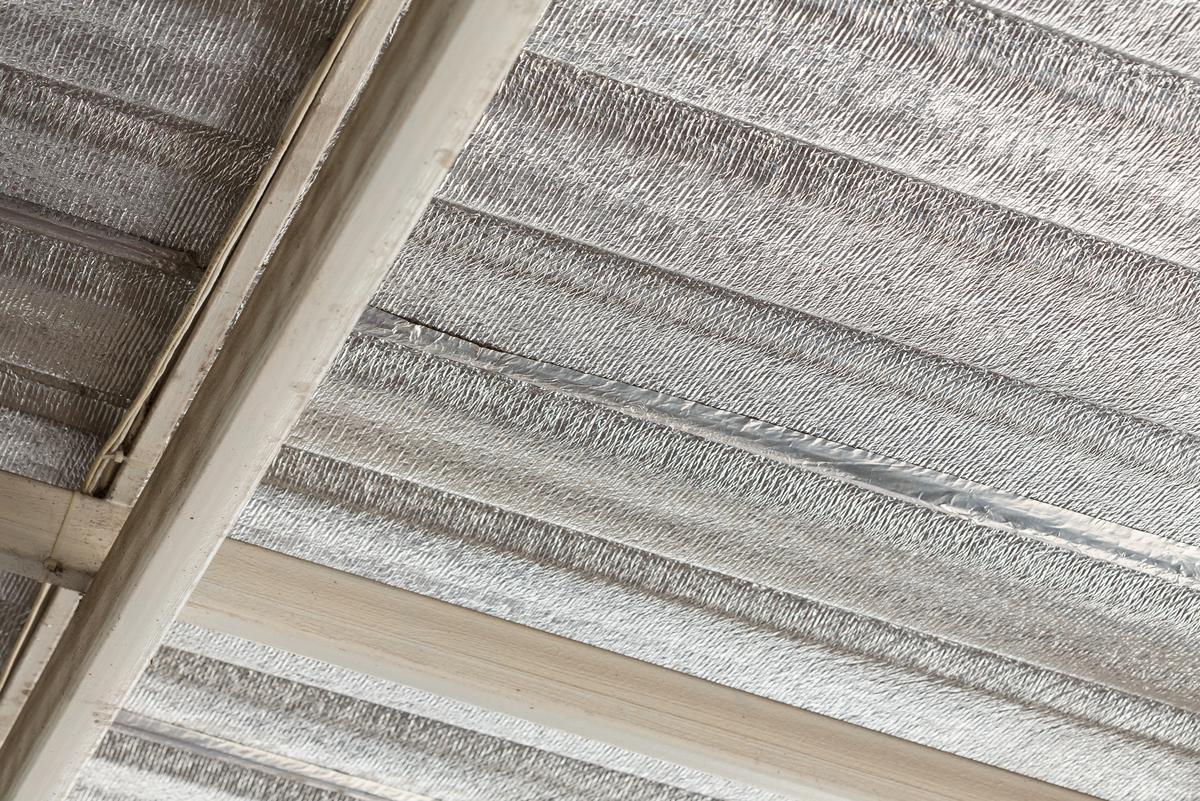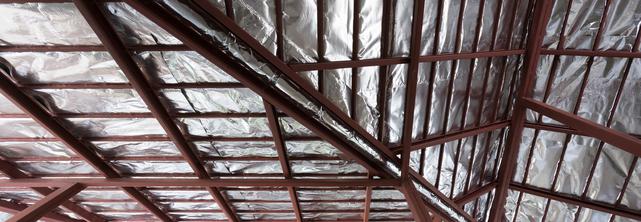When it comes time to get new insulation, you’ll have a lot of different materials to choose from. These include fiberglass, foam, and denim, among others; and sometimes it can be difficult to know which one is right for you. This is in part because everyone is trying to sell you something instead of giving you all the information possible.
At the end of the day, the insulation that will work best for you is the one that fits what you need and is appropriate to your climate. Raising your R-value will save you money on energy bills and will also keep pollutants out of your interior air.
You may have heard of foil bubble wrap, but even though it has been on the market for a while now, it isn’t often talked about all that much. Some people have recommended against using it, and others have suggested it is in fact quite effective. Who is right? Let's find out.










comments